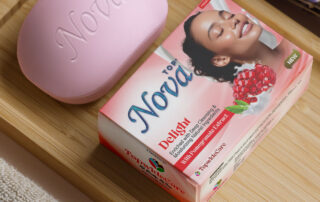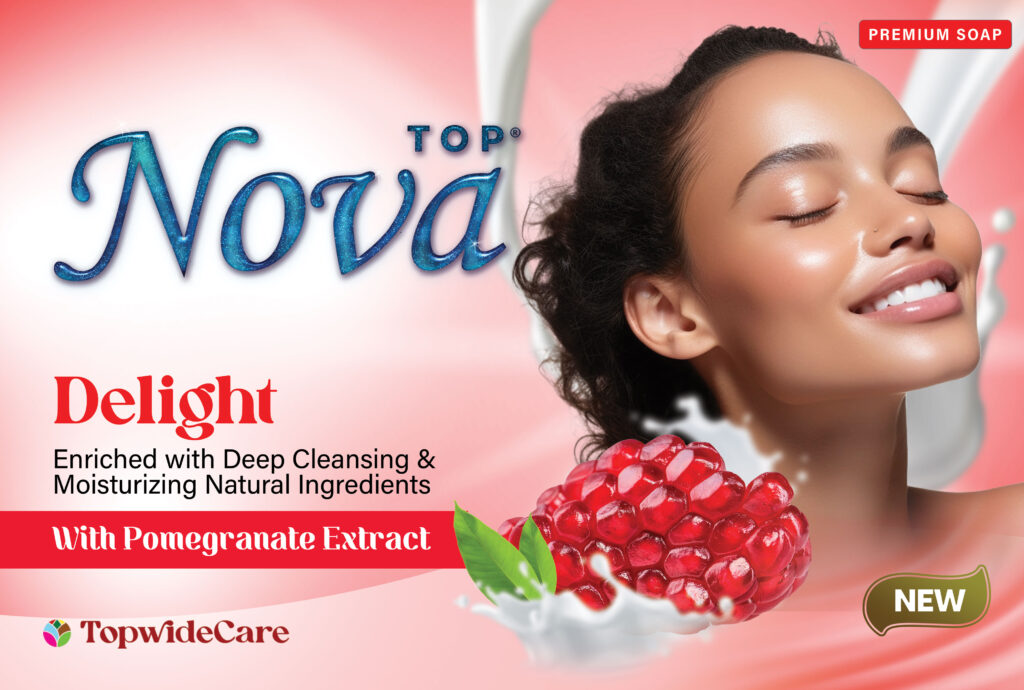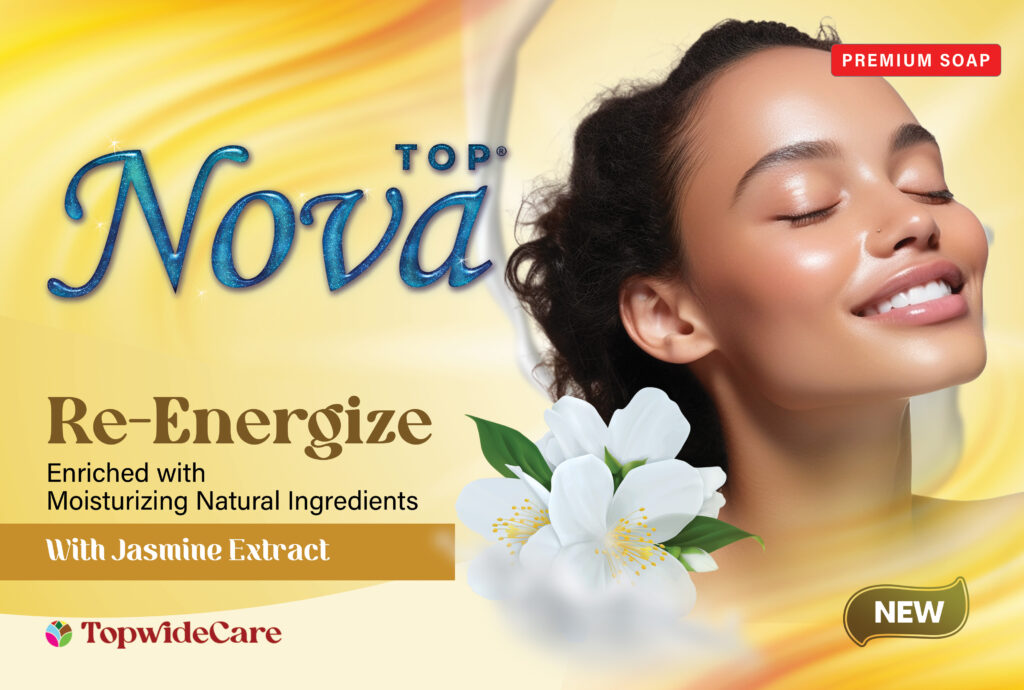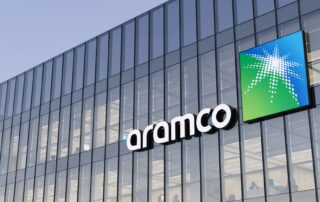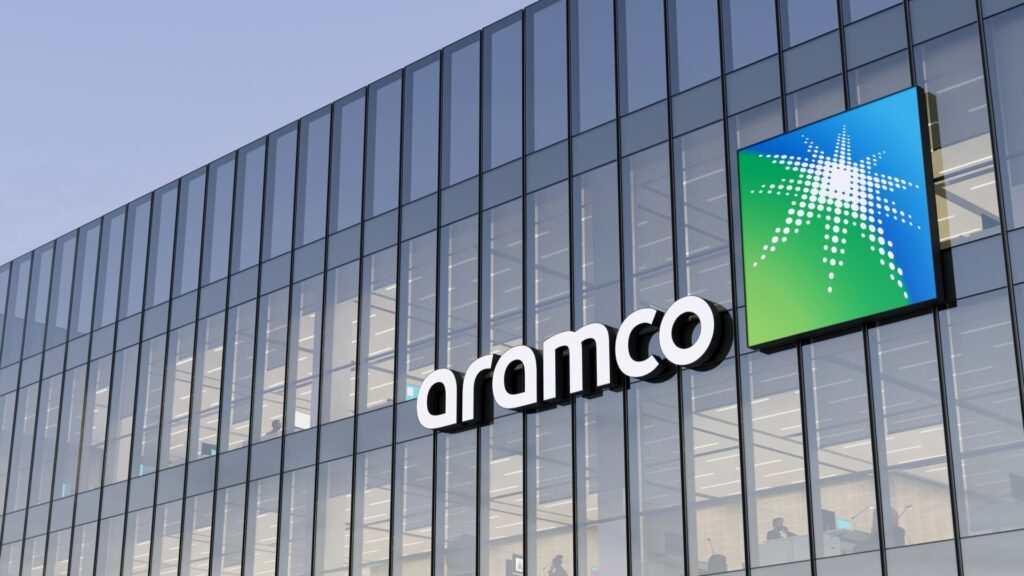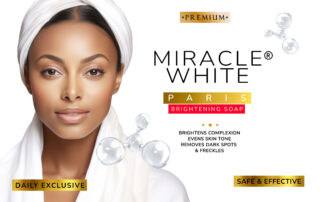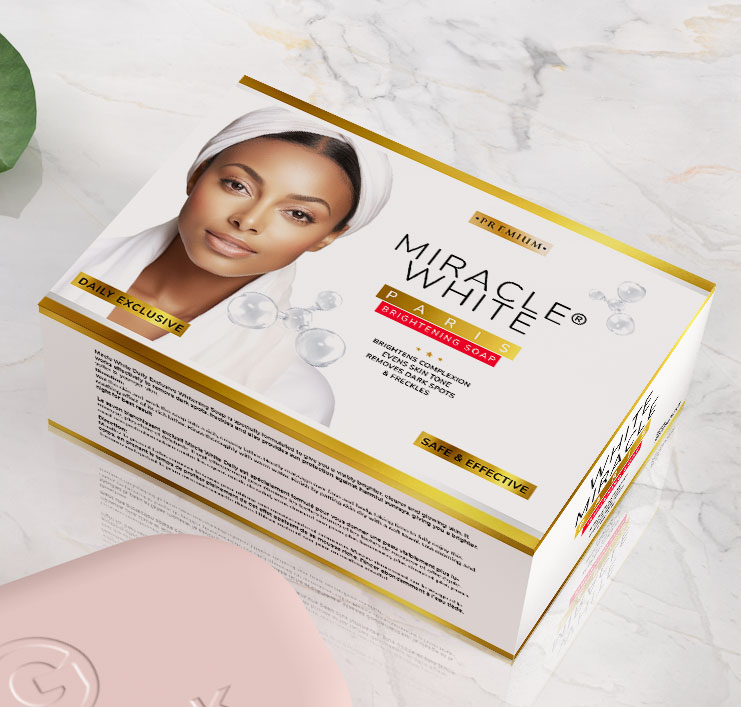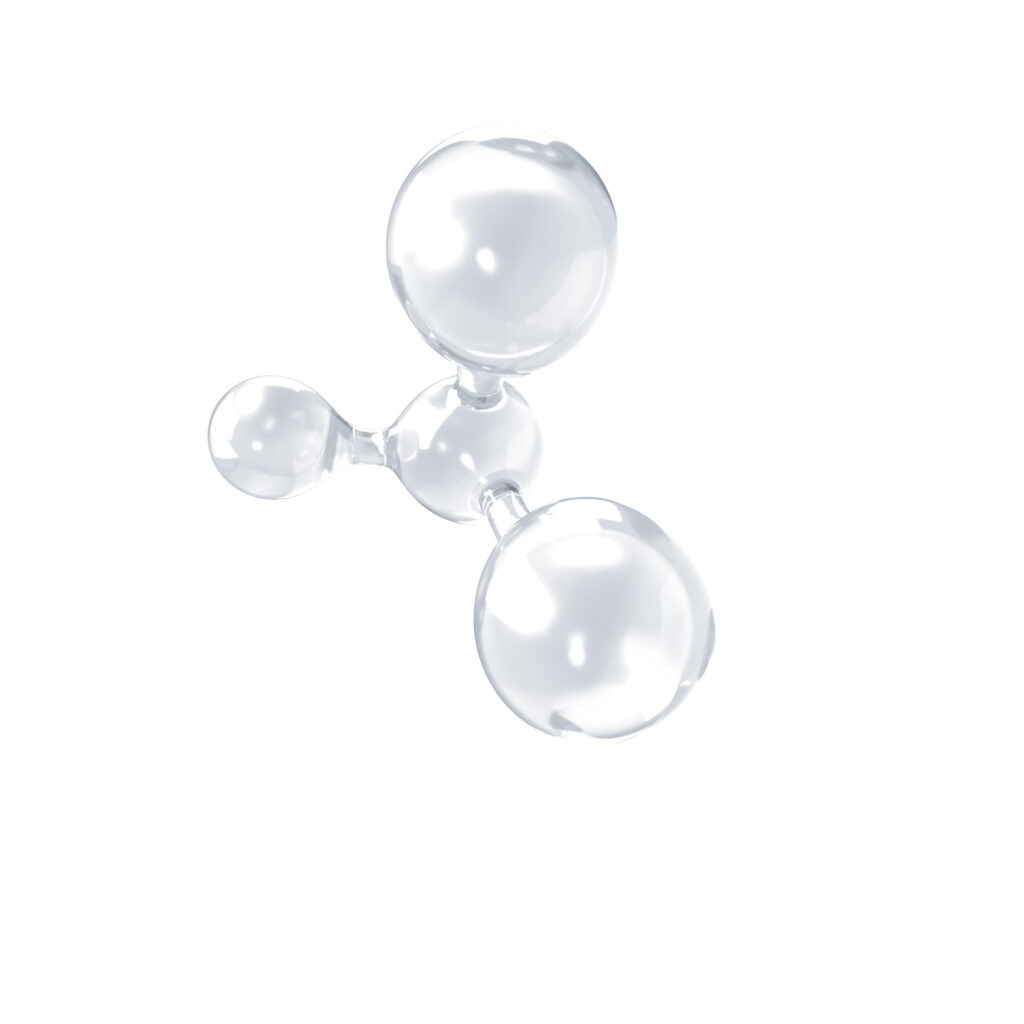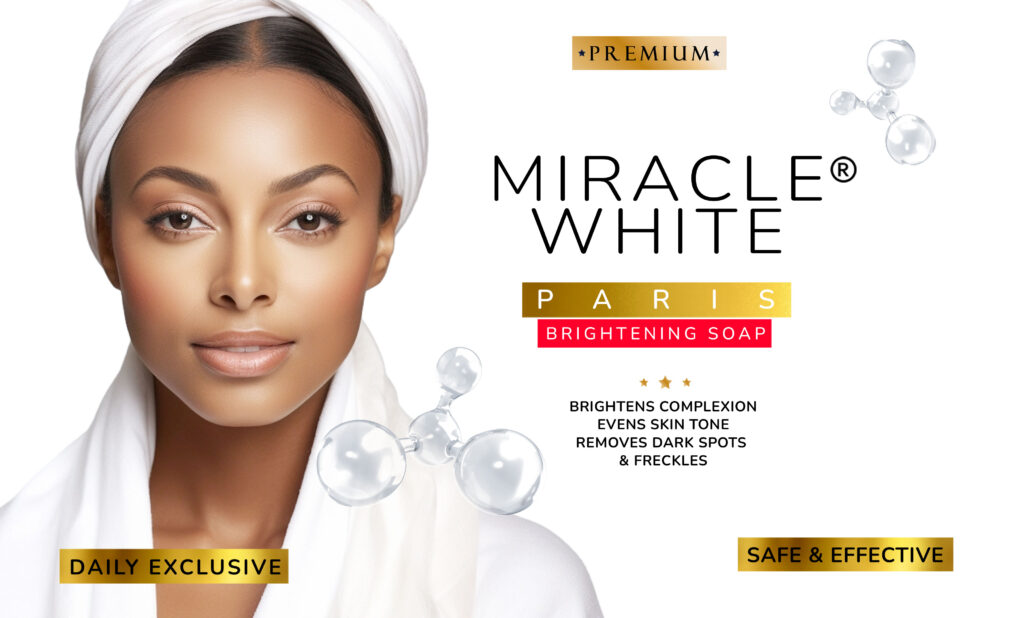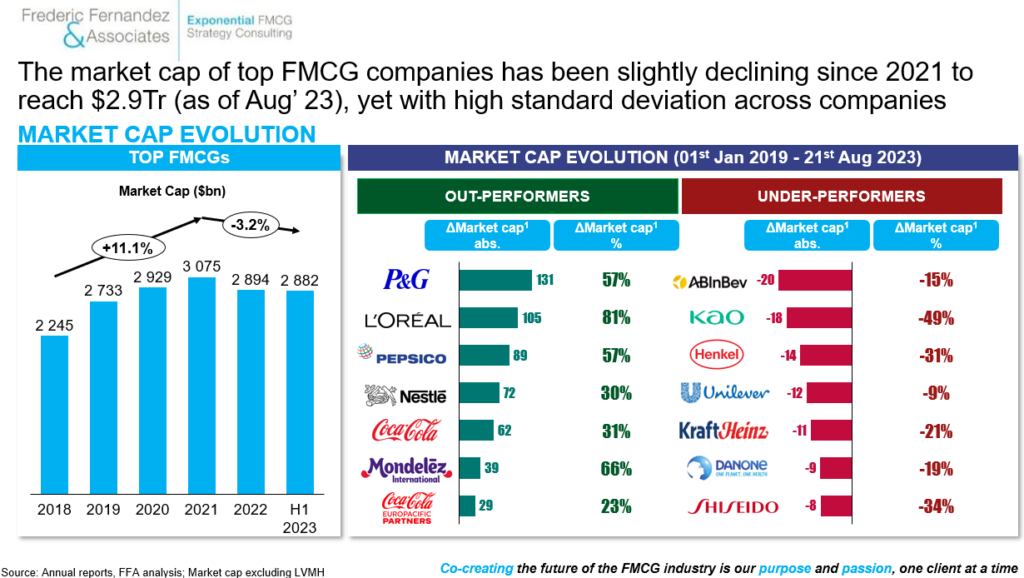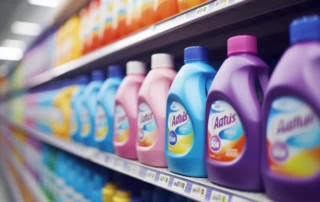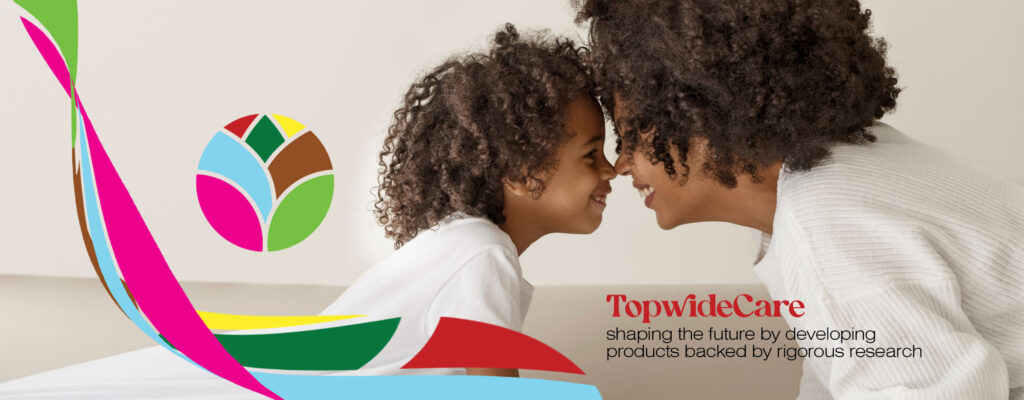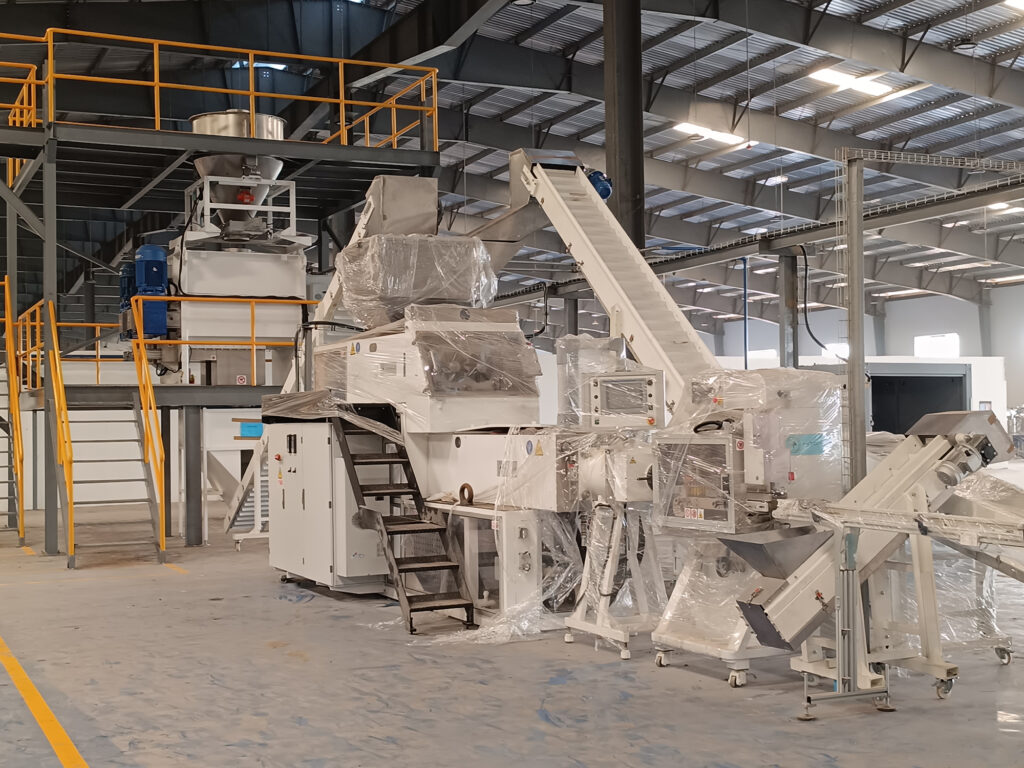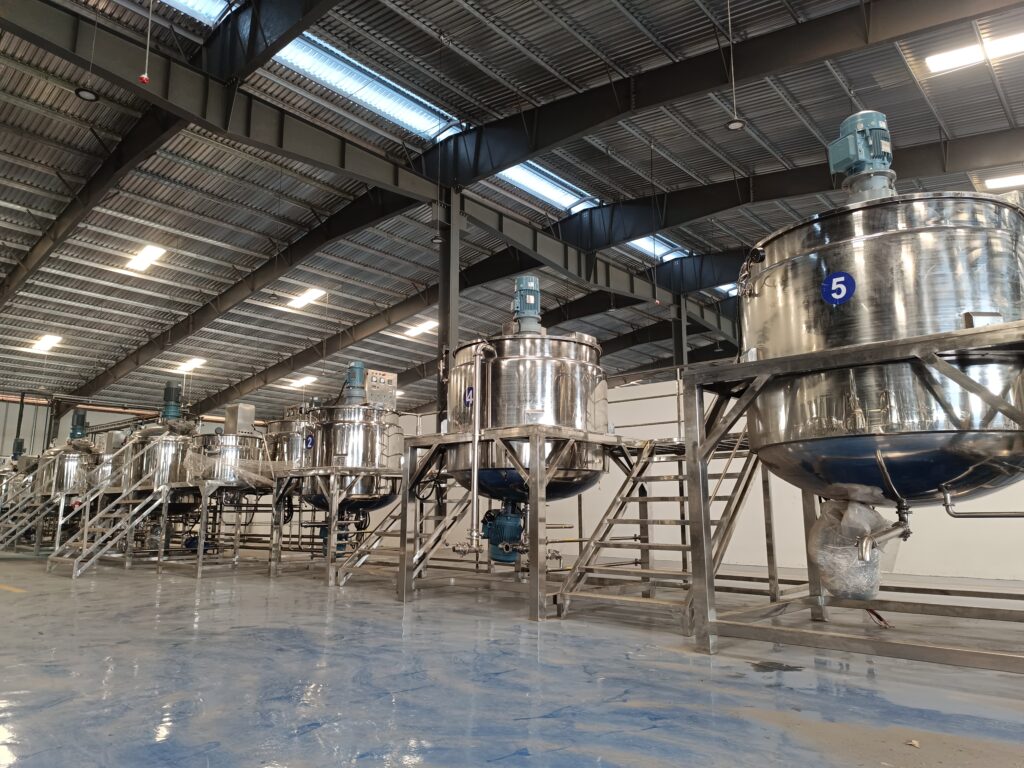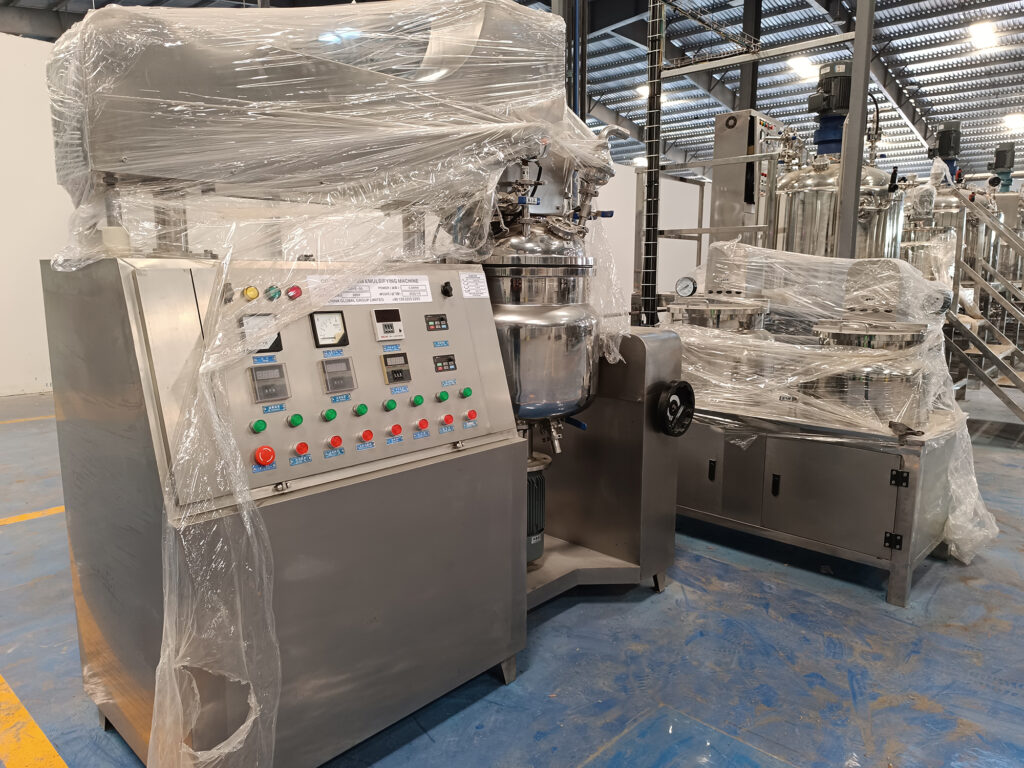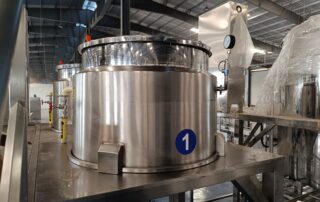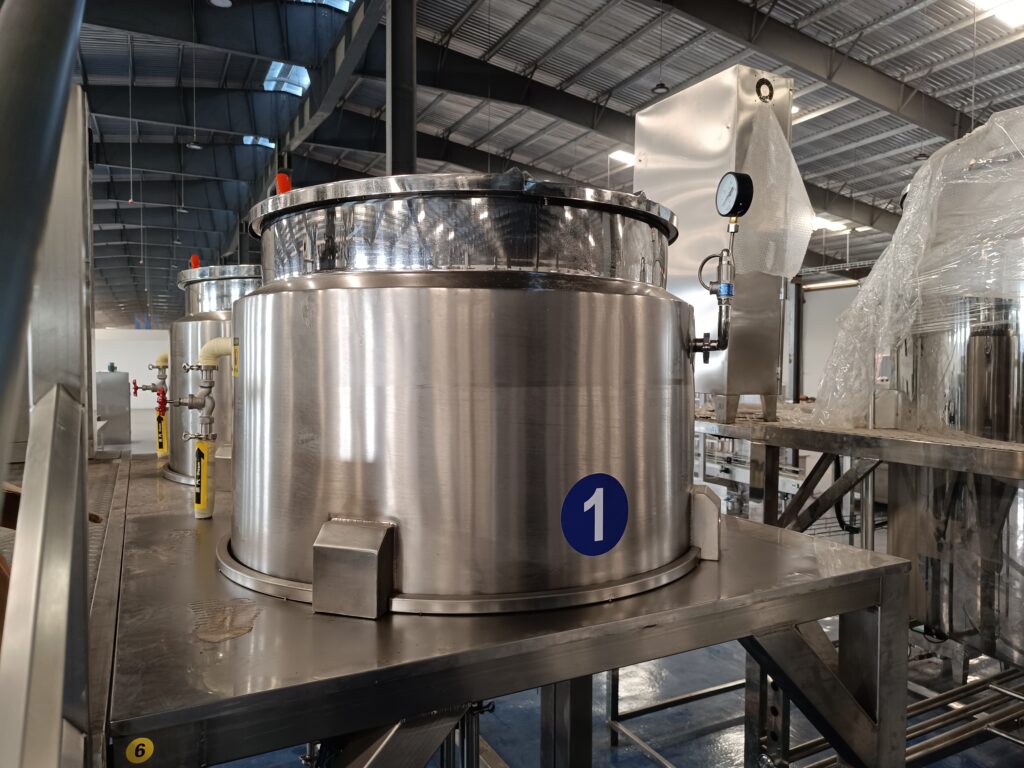The Importance of Securing the Foundation Name: Lessons from Topwide.com Domain Purchase
In my last post, I wrote extensively about the importance of having a good .com domain name for a serious business. In this post, I want to draw learnings from my recent experience and the approach adopted. I work as a brand and media manager at Topwide. Topwide is the parent company to several business ventures like cosmetics, mining, and real estate. Just like https://www.ineos.com/ is the parent brand for brands like https://ineosgrenadier.com/ and ineoshygienics.com, which are consumer brands. In a similar fashion, https://www.aramco.com/ is the parent brand for https://www.aramcotrading.com/ and https://aramcoventures.com/. If you look closely, both companies have their parent name registered on a .com domain and other offshoot brands as compound words with the parent name in them.
Here’s the story. After a stakeholders’ meeting, they decided to register topwideng.com as the parent name. At first thought, I didn’t object because it was the stakeholders’ decision, but at a point, I felt that since the decision of building the website would fall on my shoulders, I should rather not accept every decision. So, I decided to object. My recommendation was that we go for topwide.com. It is always best to secure the foundation name. This is like your digital real estate. Look at top brands; they don’t take this decision lightly – Apple.com, Meta.com, Amazon.com – these brands go as far as having a .com domain for their consumer products. Apple registered siri.com and iphone.com, Meta registered Oculus.com, and Amazon registered Prime.com. All these individual domains redirect to the product landing page on the parent company. The general idea here for me is that big brands don’t joke with their digital real estate. These companies are worth billions of dollars, and you should be learning from their strategy.
The bottleneck with topwide.com was that the domain wasn’t available for the standard price but was available as a premium domain for $4300

I did a simple namecheap.com search and discovered this. I didn’t want to just suggest that we buy it for that amount. I needed to speak with the direct owners of the domain, so I did a simple whois.com search

This revealed that I’m dealing with a domain brokerage company called buydomain.com. I went to their site and sent a message directly to the contact I found while offering to buy the domain for $1000. Below is the message I received.

After reading the email, I just felt that it could be cheaper, so I offered $2500 – I wish I had offered less

The offer was immediately accepted and the sale was sealed
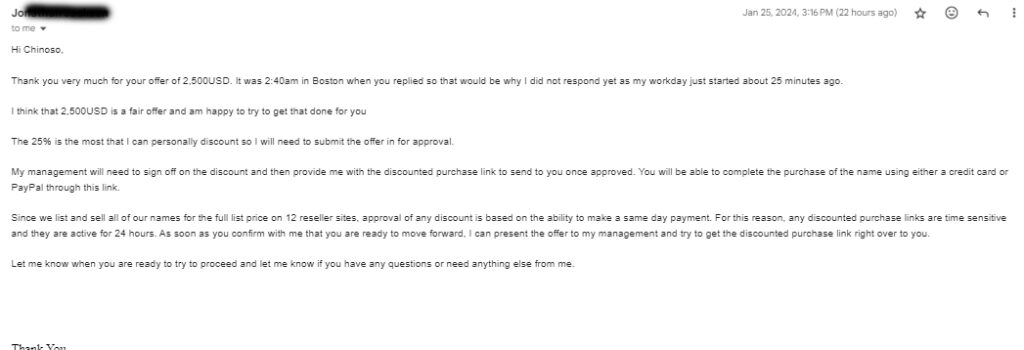
So, after negotiating with the domain brokerage company, I managed to secure the domain [topwide.com](http://topwide.com) for $2500. It was a significant discount from the initial premium price of $4300. I was pleased with the outcome, as it meant that we could establish a strong online presence for Topwide. By securing the foundation name, we were following the example set by big brands like Apple, Meta, and Amazon, who prioritize their digital real estate. Now, we could proceed with building the website and expanding our online reach.

